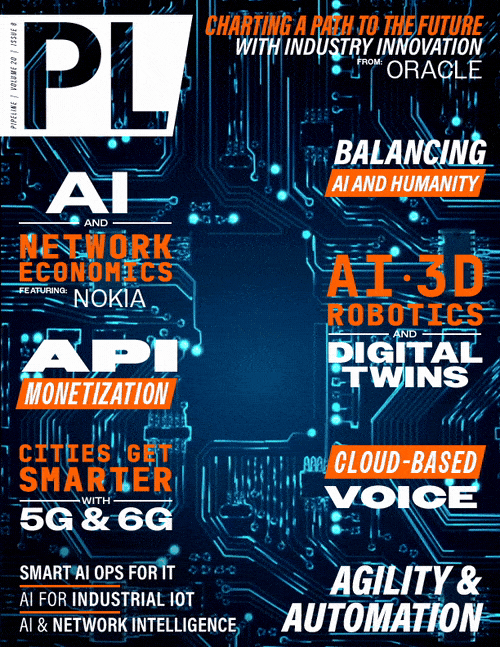Powerful Applications of AI and IIoT
Beyond using predictive maintenance to schedule repairs, companies can leverage IIoT sensors connected to equipment and assets to transmit critical data regarding utilization. AI solutions can then extrapolate this utilization data to help businesses improve availability and performance. Additionally, companies can utilize the IIoT data gathered via AI-enabled predictive processes to find hazards and better safeguard employees; moreover, these advanced data analysis capabilities can optimize energy consumption.
Threshold analysis isn’t the only level of predictive maintenance. The other is statistical process analysis, which includes pattern recognition. While threshold analysis is essentially an enhanced anomaly detection method that triggers alerts if certain conditions exceed set limits, statistical process analysis uses sophisticated multivariate AI engines to examine time series data. In this time series method, AI and deep learning algorithms examine large pools of data, evaluating multiple variables to discover patterns. By using AI to sort through complex data connections, companies can uncover relevant trends that help boost operational efficiency and uptime. Depending on the use case and deployment, businesses should leverage an IIoT platform capable of supporting the appropriate level of predictive maintenance.
Next-generation Visual Inspection
Another powerful use case of AI and IIoT is visual inspection. Visual inspection is a common technique in manufacturing where a person examines products, equipment, or processes to determine if there are any defects or irregularities. Visual inspection is a necessary means by which companies uphold quality control and adherence to industry standards. Today, advanced versions of visual inspection will connect AI (namely, inference engines and deep-learning techniques) and supporting cameras with an IIoT platform. The result is unparalleled accuracy, efficiency, safety, and speed that is impossible for human agents using legacy or analog processes to replicate.
These AI- and IIoT-enabled visual inspection systems can perform industrial-level image inspections without fatigue or mistakes during non-working hours, spotting minor defects that even the most thorough human operators could miss. By automating the identification of these issues, companies can (much like predictive maintenance) minimize downtime and reduce negative impacts on production schedules, increasing productivity. Greater accuracy and consistency ensure the highest product quality while delivering reliable, uniform results. Visual inspection is also vital to reducing variations in manufacturing processes.
The next generation of visual inspection can fulfill multiple industrial applications, such as objection classification and distance measurement. For logistics and safety use cases, visual inspection provides operators with immediate feedback, safety issue detection, inventory management, and opportunities for upskilling. It is also invaluable for manufacturing and automotive applications. Consider an automobile factory: when wheels get installed on a car on an assembly line, connected cameras will take photos of the wheel, and an AI and machine learning (ML) inference engine will analyze those photos to ascertain if a wheel is missing a lug nut or has any scratches. This inference engine gets trained on pictures of what the archetypal wheel should look like. When it sees any deviation from that model, it will trigger a trouble ticket for a human operator to resolve. Additionally, companies can use visual inspection and a trained inference engine to catch errors with equipment and machines to determine if something needs repairs or maintenance.
The AI- and ML-powered inference and supporting cameras must connect with an IIoT platform. This connection is essential; otherwise, when the AI makes an inference, it can’t notify human personnel. In other words, without enterprise integration with business tools or applications, the visual inspection solution will have no way of generating a trouble ticket. By leveraging an IIoT platform, companies can seamlessly connect their machines and enterprise software and integrate any programmable logic controller cameras and robots with IT systems. Uniquely, some leading IIoT platforms use low-code and no-code tools, eliminating extensive developer-level programming projects and allowing companies to reap the rewards of visual inspection with minimal hassle.
Maximizing Industry 4.0 Technologies Requires Interoperability
Those industrial companies that can achieve interoperability between the different systems and technologies of Industry 4.0 will have a significant advantage over competitors. Still, getting AI to work with IIoT devices and share information requires system integration of well-developed subsystems from the vendor in conjunction with OT leaders on the factory floor. Moreover, it will require business platforms, as seen in the example of visual inspection. To that end, those organizations in the industrial and manufacturing sectors must leverage platforms and solutions that can support, facilitate, and simplify the complex web of Industry 4.0 technologies.



















